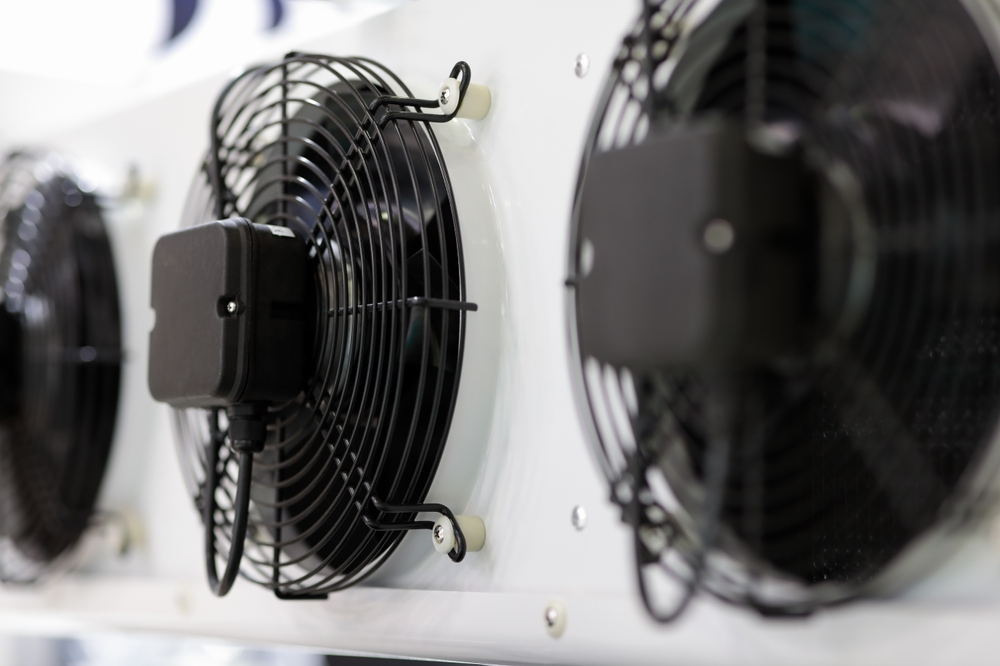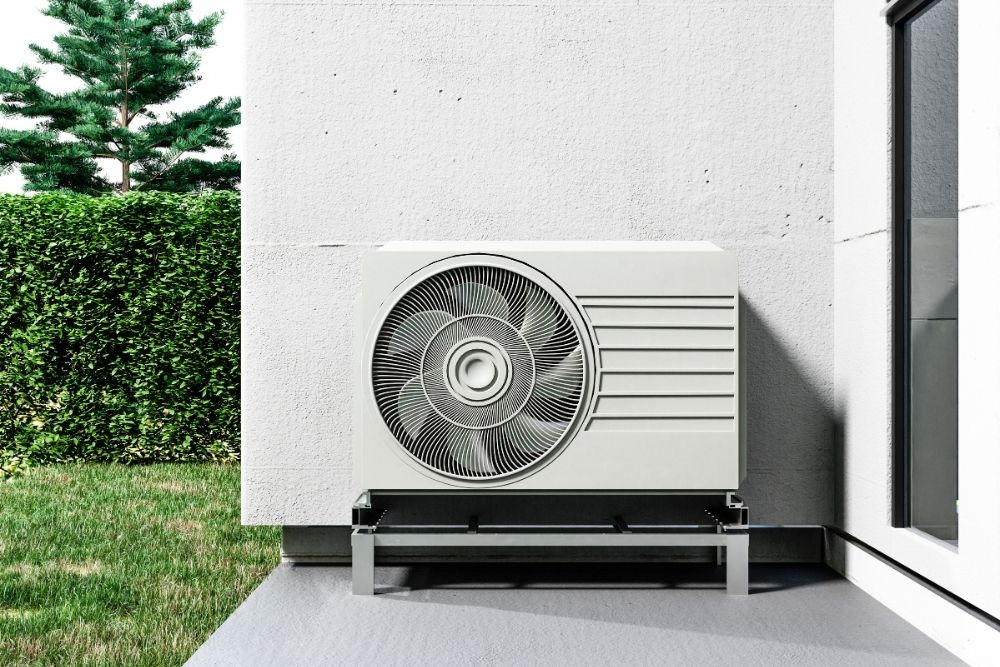
Resistance Life Enchance: Operation Maintenance and Savings Tips


In industrial cooling systems, the condenser is the balance point of the entire cycle. Therefore, any failure in the condenser directly affects system performance. Failures not only reduce cooling capacity but also cause disruptions in production processes and weaken the facility's overall efficiency. Condenser-related system failures often have a cascading effect, negatively impacting compressors, evaporators, and other components.
Such systemic imbalances increase energy consumption and lead to rapidly rising operating costs. Moreover, sudden failures can extend downtime, resulting in significant losses, especially in time-sensitive industries. Thus, early detection of condenser failures and regular maintenance strategies play a critical role in the long-term sustainability of industrial operations.
Condenser failures can generally be categorized under specific types and manifest through early symptoms. Sudden drops in cooling efficiency, overheating of the condenser, irregular fan operation, or high noise levels are indicators of these issues. The most common problems include pipeline leaks, gas escapes, reduced heat transfer due to contamination, and fan motor failures. Many of these issues can be detected early with careful system observation.
Additionally, pressure level imbalances may indicate that the condenser is clogged or covered with contamination. This causes the system to consume excessive energy, and overlooking the failure’s source can lead to more significant damage. Proper analysis of symptoms ensures accurate maintenance scheduling and prevents unexpected downtimes. Timely replacement of faulty parts also extends the system’s lifespan.
Overheating is one of the most significant failure causes directly threatening the condenser’s healthy operation. Insufficient heat dissipation by the refrigerant weakens the condensation process and increases compressor load. This leads to higher energy consumption, elevated system temperatures, and premature component wear. Overheating is often caused by inadequate airflow, fan failures, or dirty heat exchange surfaces.
In systems where heat cannot be properly dissipated, temperatures can reach critical levels, causing the system to shut down automatically or fail. To prevent this, the airflow around the condenser must be consistent, fans must operate efficiently, and coil surfaces must be kept clean. In summer months or hot climates, ensuring temperature sensors function correctly is crucial.

One of the most impactful external factors affecting condenser performance is the accumulation of dust, dirt, oil, and other particles over time. In air- or water-cooled condensers, this contamination clogs heat transfer surfaces. Blockages severely limit heat exchange and reduce the condenser’s capacity. Air-cooled condensers operating outdoors are particularly vulnerable to dust, leaves, and oil residues.
Such contamination forces the system to expend more energy and eventually leads to failures. Contamination not only causes performance losses but also promotes rusting and wear in internal components. In condensers without regular cleaning, efficiency losses can reach up to 20%. Thus, periodic cleaning is one of the most effective pre-failure measures.
Fans are among the essential components enabling the condenser to dissipate heat to the environment. Therefore, fan motor failures, blade damage, or balance issues directly impact the system’s overall efficiency. Fan failures typically manifest gradually through increased vibrations, noise, or reduced rotation speed. When these signs are observed, the fan system should be inspected promptly.
Inadequate airflow prevents the condenser from dissipating heat, causing the system to overwork. In multi-fan systems, even a single fan failure can disrupt the entire system’s balance. Each fan should be individually checked to ensure synchronized operation. Regular cleaning of fans, lubrication of motor bearings, and tightening of connections help prevent fan-related failures.
Environmental conditions where condensers operate can cause metal surfaces to oxidize and suffer corrosion over time. This issue is more common in systems operating near the sea or in high-humidity areas. Corrosion can occur not only on external surfaces but also inside pipes, severely impairing heat transfer. Advanced corrosion leads to pipe cracks and gas leaks, which become inevitable.
Protective surface coatings, stainless materials, and water treatment systems can mitigate such wear. Regular inspections of the condenser’s outer casing and internal pipe structure are vital for early detection. Using anticorrosive chemicals and protecting the system from moisture enhance long-term durability. Combating corrosion is critical not only for performance but also for system safety.
One of the most effective preventive maintenance methods is periodic inspection and cleaning. Regular inspection of the condenser enables early detection of potential failure symptoms. These inspections should evaluate pressure levels, temperature differences, fan functionality, gas leaks, and contamination levels. Keeping records of inspections aids in analyzing failure causes over time.
Cleaning is particularly crucial for air-cooled condensers operating outdoors. Regular cleaning with water jets, chemical cleaners, or vacuum systems extends the condenser’s lifespan and boosts performance. Neglecting cleaning reduces heat transfer capacity and causes the system to operate under excessive load, increasing energy consumption and shortening component lifespan.
To achieve long lifespan and high performance in condenser systems, a structured preventive maintenance program is essential. This program should clearly define inspection intervals, responsible personnel, checklists, and post-maintenance reporting processes. Weekly, monthly, and annual inspections can preemptively identify potential issues. Backup strategies for failure-prone parts should also be included.
A preventive maintenance program requires support from both technical teams and management. Monitoring system performance, analyzing energy consumption data, and evaluating past failure records allow the maintenance strategy to be optimized over time. This approach not only prevents failures but also ensures production continuity and cost stability, enabling condenser systems to operate efficiently and safely for years.

Fill out the form to discover the most suitable high-end products for your projects. Contact Us Now.